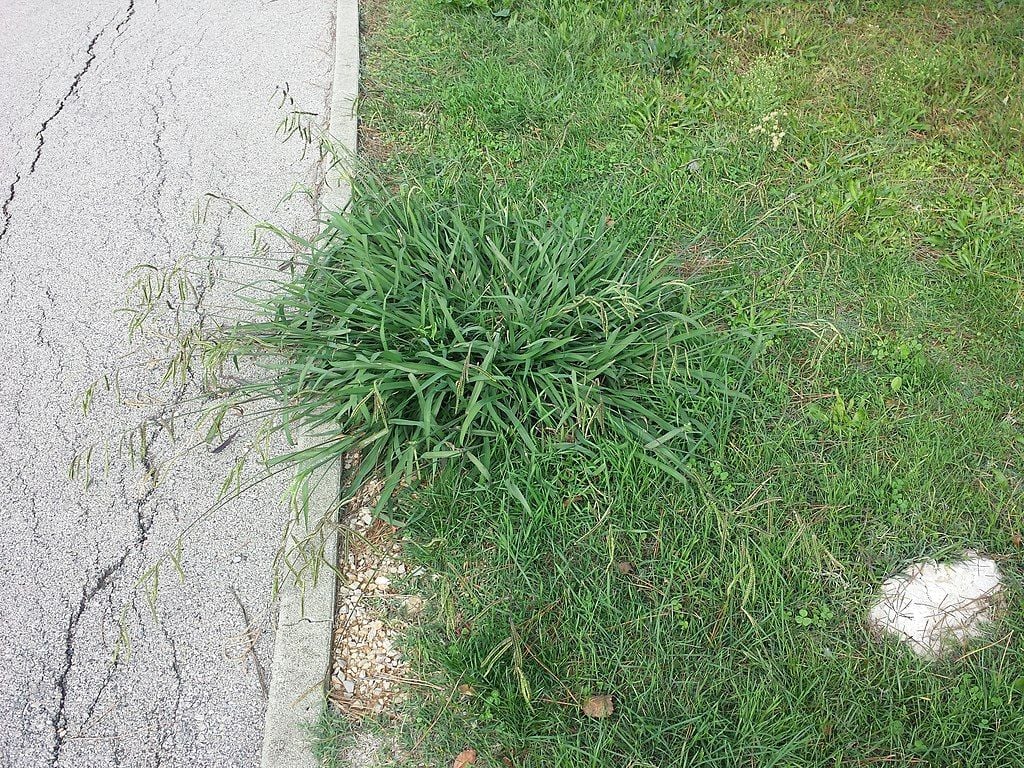
When it comes to your healthy and thriving North Texas lawn, weeds are the enemy.
Grassy weeds, in particular, are especially hard to combat. They tend to be highly aggressive and fast-growing—plus many of them can also be difficult to control.
Among the various grassy weeds out there, dallisgrass and crabgrass are two big ones. They are quite often mistaken for one another and have very similar growth characteristics.
Since dallisgrass vs. crabgrass are difficult to tell apart, we’re rounding up some tips to help. These two weeds need to be treated differently, so identification is key.
Most homeowners are familiar with the fact that crabgrass is a grassy weed. In fact, it’s not uncommon for many folks to have a grassy weed on their lawn and always assume that it’s crabgrass because it’s the most well-known.
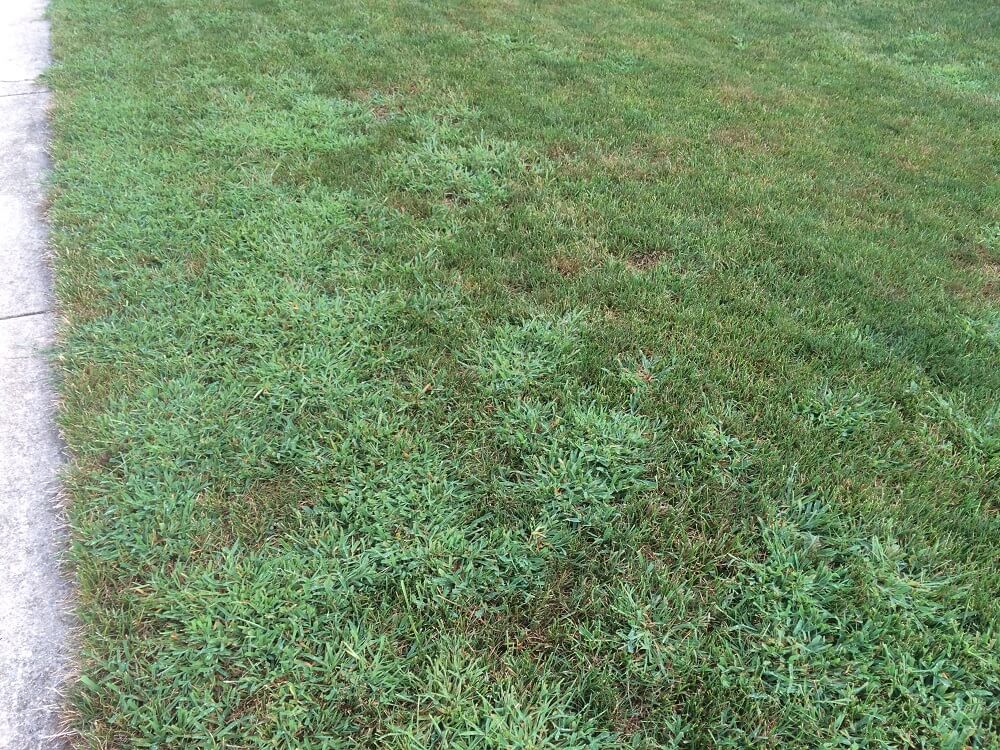
But there are some distinguishing characteristics about crabgrass that can help you identify it.
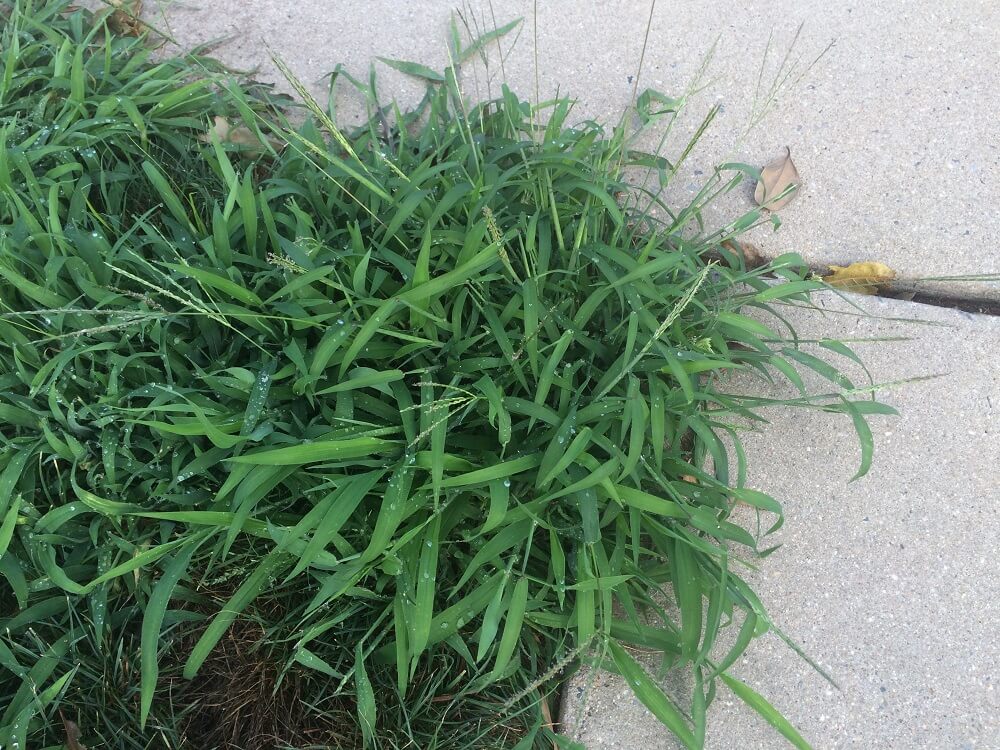
Crabgrass usually looks like a coarse clump of grass with sprawling stems. These sprawling steps resemble the legs of a crab (hence its name). Crabgrass is usually lighter colored than your healthy growing grass and therefore sticks out on the lawn.
Honestly, dallisgrass looks a tremendous amount like crabgrass. It, too, will grow in thick clumps and it sticks out from the lawn because of this.
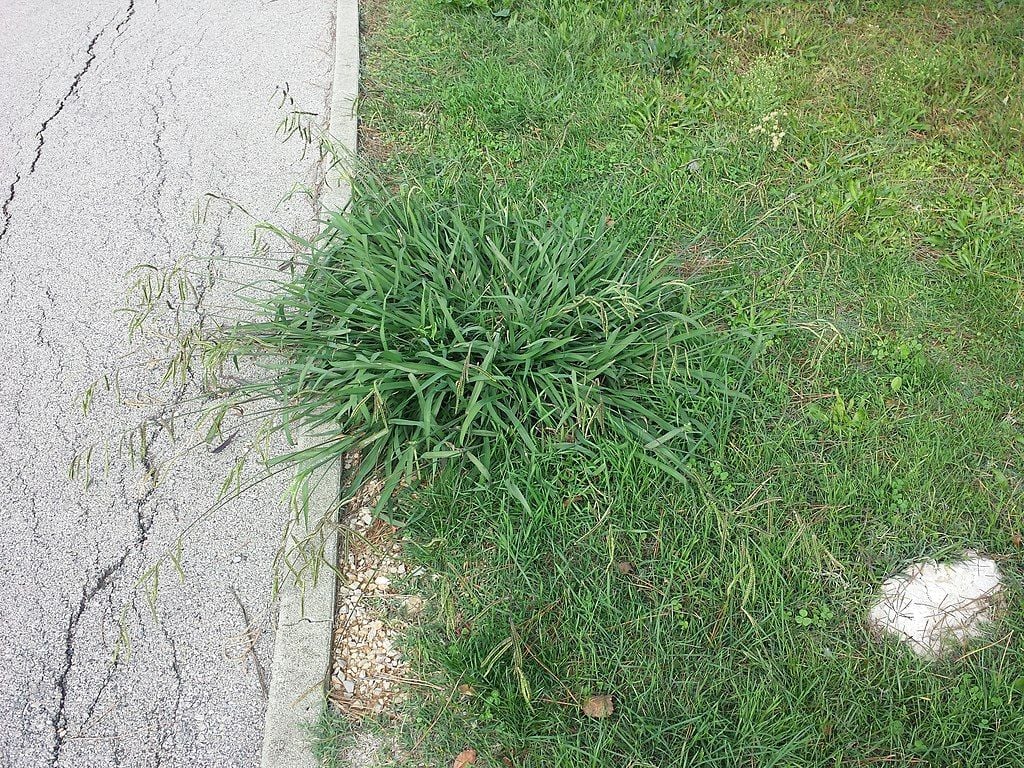
It has tall seed stalks that are a bit more grayish/green in color. It is an aggressive grower and often deep-rooted which can make it very difficult to control (more so than crabgrass).
These two weeds look so alike that even some professionals misdiagnose them. But the difference between dallisgrass and crabgrass (in appearance) lies in the seed head. The seed head of crabgrass is very fine and typically small whereas dallisgrass seed heads are larger and have some small black spots. They also grow off the side of the stem.
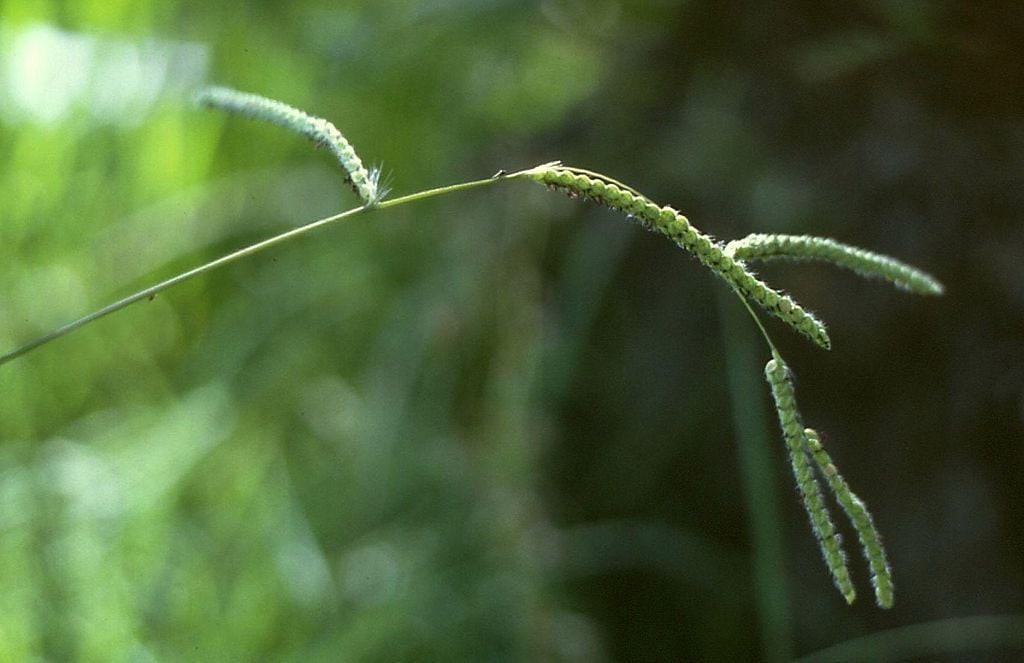
The way that crabgrass grows and spread is often crab-like (or sometimes people say “star-like”) in appearance but dallisgrass is usually more circular.
The two also have slightly different shades of color. As we mentioned dallisgrass is usually grayer or a darker shade of green and crabgrass is usually lighter green in color. But if you don’t have the two to compare side-by-side, this may be a difficult feature to use for distinguishing crabgrass vs. dallisgrass.
Of course, the difference stems beyond looks. Dallisgrass is incredibly hard to get rid of, whereas crabgrass can be fairly easily controlled, particularly if you are diligent about applying pre-emergent.
Both weeds do have post-emergent controls which can control them after they’ve grown, but this can get expensive and require multiple treatments.
One of the biggest reasons to properly identify which weed you’re dealing with is the fact that we’d likely take a different approach for each.
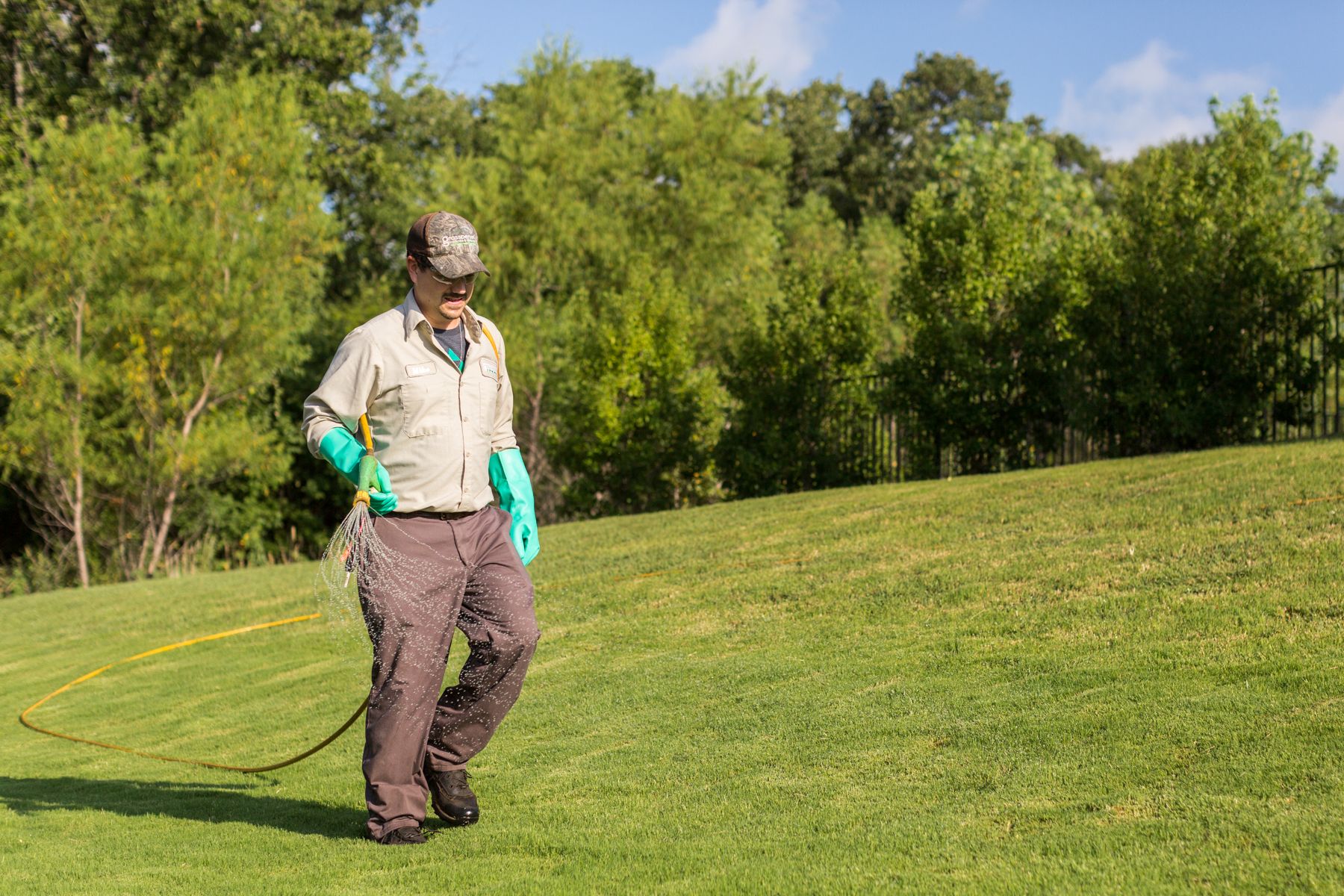
As we mentioned, crabgrass can usually be controlled relatively easily with a good weed control program.
But because dallisgrass is so difficult to control, we are going to be much more likely to recommend sodding.
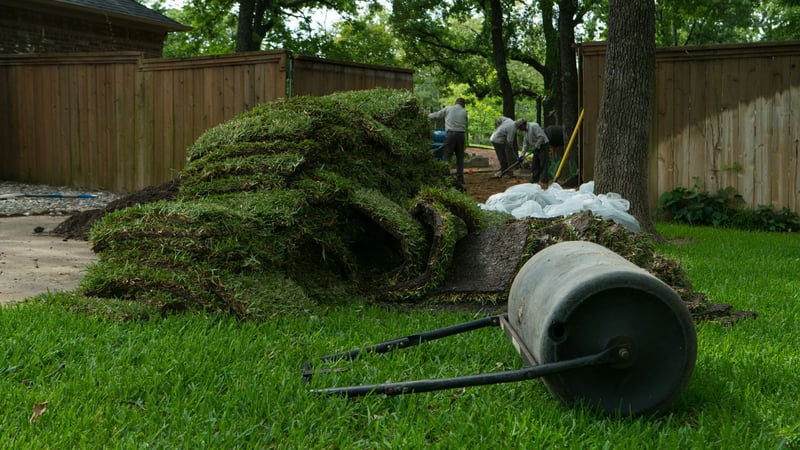
If it’s a small patch of dallisgrass here or there or a relatively minor problem, then we could discuss using controls. However, if your lawn is overrun by dallisgrass, you’re going to be in a lot better shape talking about a sod solution where we come in and manually remove the areas with dallisgrass and simply start over. You’ll have an “instant lawn” and get rid of your dallisgrass problem without waiting.
So often, treating dallisgrass can be really time-consuming. It requires multiple treatments and this hardy weed is very tough to knockback. So, for that reason, many homeowners do prefer to go the sod route.
The truth is, even when we’re effective with weed control, you’re still going to be left with bare spots in your yard. The success of killing weeds means leaving beyond spots where those weeds have died off.
That’s another reason why homeowners often end up just choosing to go with sod.
At the end of the day, whether it’s crabgrass vs. dallisgrass, or some other issue that you’re dealing with, a lawn care professional can help you find the solution that’s best for you. That answer will not be the same for everyone.
Our goal at Grassperson is all about getting your lawn back on track to good health and we’ll help you find the way to achieve that goal that’s right for you.
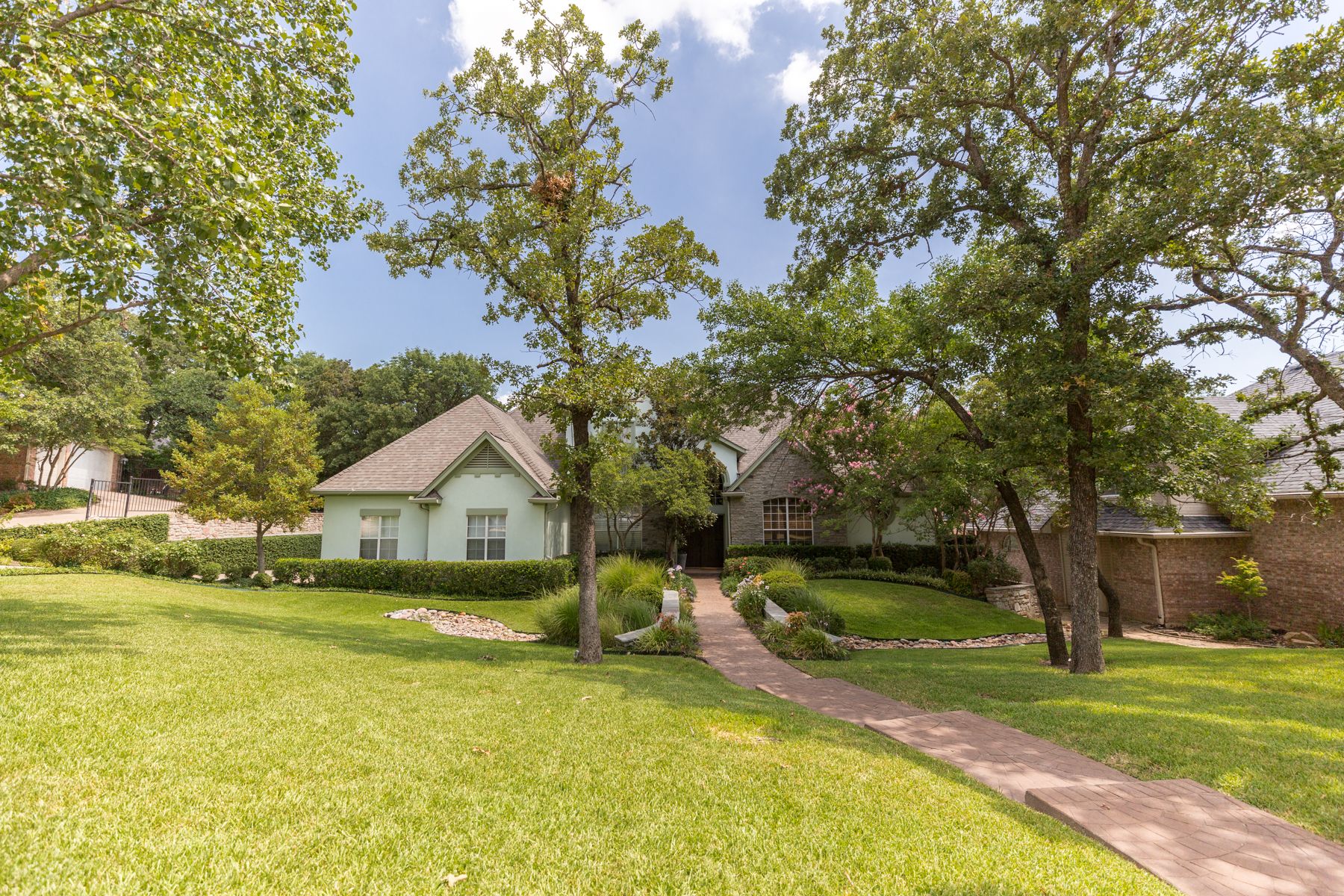
While you might be frustrated with your weed battle (or other concerns) right now, once you have a professional on your side, you’ll gain invaluable peace of mind that you’re in good hands.
Ready to solve your weed problems at your Flower Mound, Highland Village, or Lewisville, TX home? Get a free quote and then enjoy the best lawn on the block without the worries!
Image sources: dallisgrass, dallisgrass seed stalk
These Stories on Lawn Care